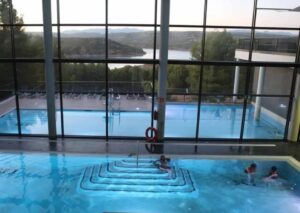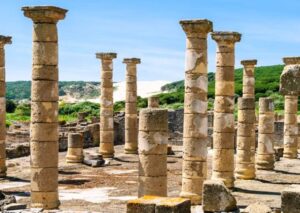- #1. El Torcal de Antequera
- #2. Sierra Nevada
- #3. La Cartuja de Cazalla
- #4. Sierra de Grazalema
- #5. Alto de La Pandera
- #6. Parque Estelar de Gorafe
- #7. Minas de la Sultana
- #8. Llanos de Espiel
- #9. Real Instituto y Observatorio de la Armada
- #10. Cortijo de la Cerrada de Lézar
- Map: Most popular stargazing activities in Andalusia
Hello readers! We’re back again and this time we’re coming with a topic that has us looking up for weeks. If you’re someone who gets mesmerized contemplating the night sky, this post is especially for you.
Andalusia, with its clear skies and low light pollution in many areas, has become one of the best territories in Europe for astronomical observation. And no, you don’t need to be a NASA scientist to enjoy this spectacle – you just need to know where to look.

In this new content, we bring you a selection of the most impressive observatories in our land. Places where the stars seem so close you can almost touch them, and where the magic of the universe unfolds before your eyes every night.
Did you know that in some of these observatories you can see the Milky Way with astonishing clarity or even photograph nebulae with the right equipment? Prepare your camera, your curiosity, and perhaps a blanket for cool observation nights – the Andalusian stars are waiting for you.
We’re back with a new post full of science, beauty, and that sense of adventure we love so much. May the stars guide you to our next destination!
#1. El Torcal de Antequera
📍Antequera (Málaga)

Located in the heights of Antequera (Málaga), this public observatory is situated at 1,200 meters above sea level, in an impressive karst environment. Notable for its excellent location and minimal light pollution, it offers daytime and nighttime observation sessions, has powerful telescopes, and is run by staff with extensive teaching experience.
#2. Sierra Nevada
📍Sierra nevada (Granada)
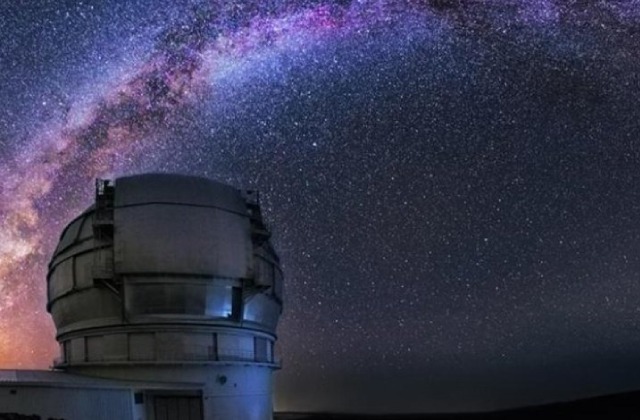
Considered the highest observatory in Europe (2,896m), this scientific center is located in Loma de Dílar (Granada). Managed by the Andalusian Institute of Astrophysics, it has two Nasmyth telescopes of 1.5m and 0.9m. During July and August, it opens its doors to the public through scheduled visits with prior reservation.
#3. La Cartuja de Cazalla
📍Cazalla de la Sierra (Sevilla)

This historic site in Cazalla de la Sierra (Seville) combines heritage and science. Certified as a Starlight Reserve since 2014, it is distinguished by the exceptional quality of its night sky, creating ideal conditions for the contemplation of celestial phenomena.
#4. Sierra de Grazalema
📍Grazalema (Cádiz)
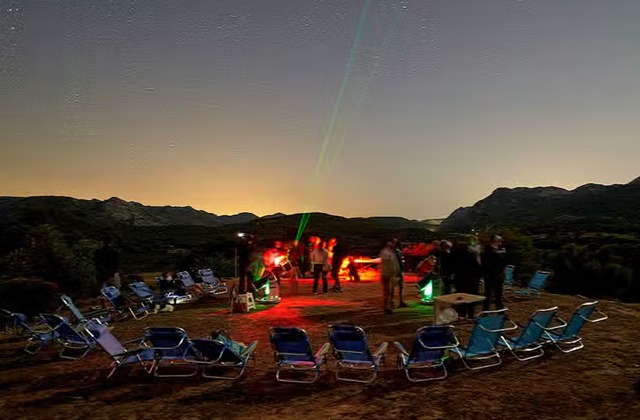
The Sierra de Grazalema in Cádiz has transformed into a prominent enclave for astronomy enthusiasts. The rural accommodation Tambor del Llano, an innovative reference in this field, has recently been awarded the prestigious National Starlight recognition, thanks to its exceptional skies free of light pollution.
In the surroundings of the magnificent Grazalema Natural Park there are various conditioned routes for equestrian activities, one of them being accessible directly from this unique property.
#5. Alto de La Pandera
📍Valdepeñas de Jaén (Jaén)

The former military installation in Valdepeñas de Jaén constitutes the highest point of the Starlight Reserve of Sierra Sur. With a wide esplanade at its summit and excellent visibility towards the East and South, it is ideal for experienced astronomers who seek not only darkness but also exceptional atmospheric transparency at more than 1,800 meters altitude.
#6. Parque Estelar de Gorafe
📍Gorafe (Granada)
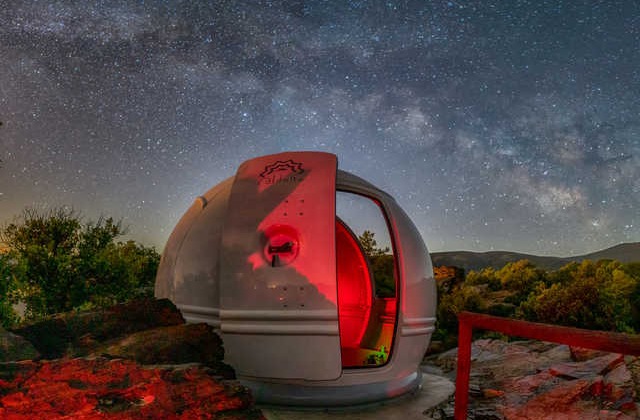
First Andalusian enclave to receive the Starlight distinction, this space in Granada offers optimal conditions with extraordinarily dark skies and minimal light pollution. Located in the Granada Geopark, it allows contemplation of the firmament as it was done in antiquity.
#7. Minas de la Sultana
📍CALA (Huelva)
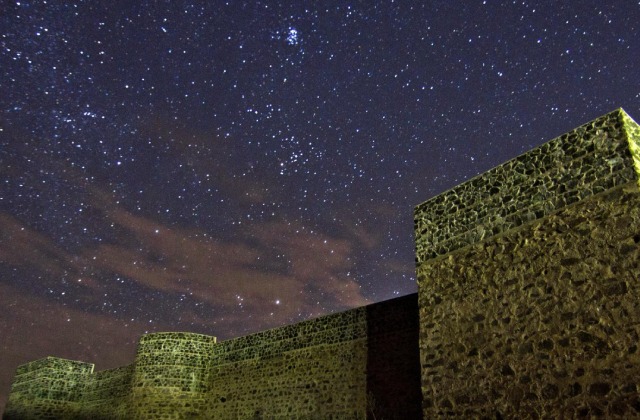
When leaving Cala towards Santa Olalla (Huelva), this enclave stands out for being one of the darkest places in northern Huelva. It includes the old mine and the hermitage of San Roque, with infrastructures such as picnic areas and wide esplanades, offering exceptional conditions for stellar observation even near the urban center.
#8. Llanos de Espiel
📍Espiel (Córdoba)

Just 3 kilometers from Espiel (Córdoba) via the old N-502.a, near kilometer 388, is one of the best observation points in Córdoba. Its large treeless esplanades offer a completely clear celestial vault, ideal for contemplating the Milky Way in summer or the meteor showers in August.
#9. Real Instituto y Observatorio de la Armada
📍San Fernando (Cádiz)
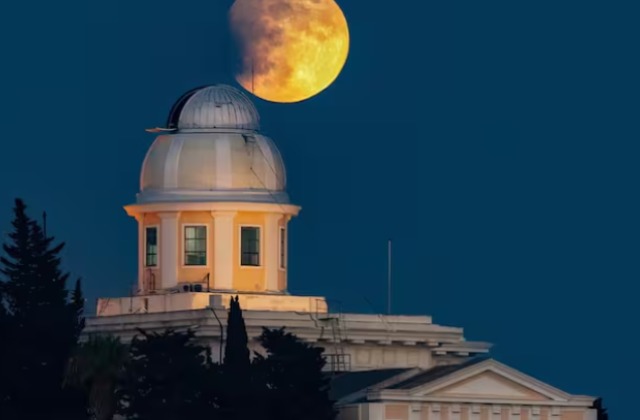
Founded in 1753 in San Fernando, it is the oldest observatory in Spain and fourth in the world. This prestigious scientific center houses the official Spanish time through atomic clocks, has sections of Geophysics (active since 1879), Astronomy, and a library with more than 30,000 volumes including four incunabula.
#10. Cortijo de la Cerrada de Lézar
📍Castril (Granada)

Located in the Natural Park of Sierra de Castril (Granada), this old farmhouse offers a unique immersive experience under extraordinarily clean skies. Its high altitude and absence of light pollution make it a privileged enclave for observing the stars and the Milky Way with exceptional clarity.
Map: Most popular stargazing activities in Andalusia
↓ ↓ ↓ ↓ ↓






